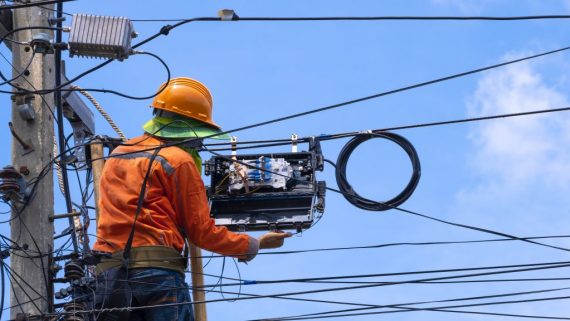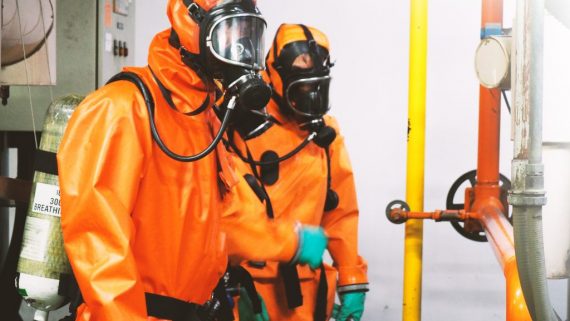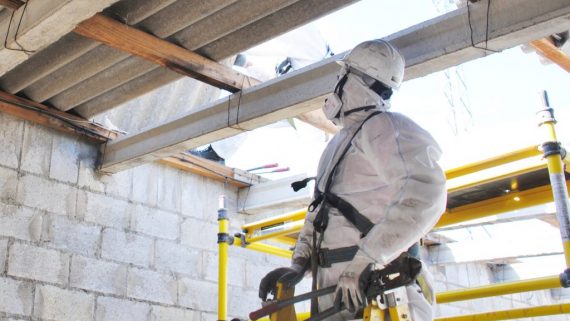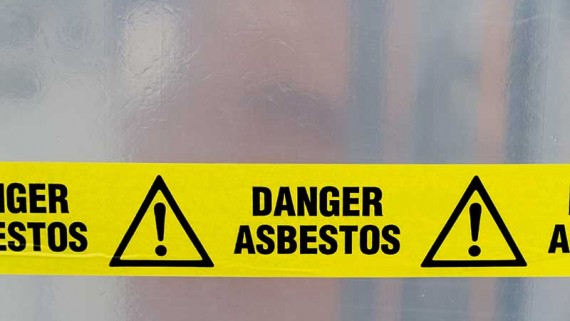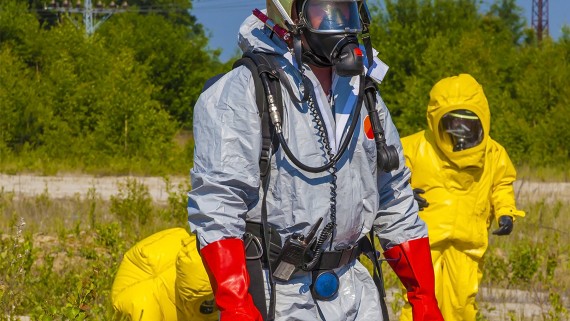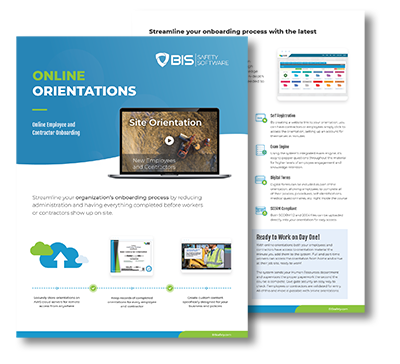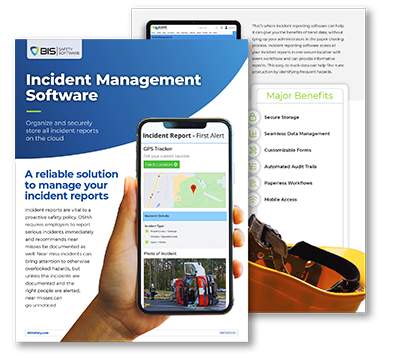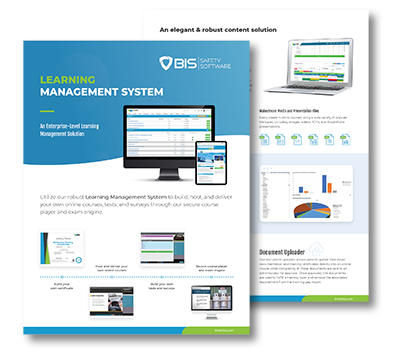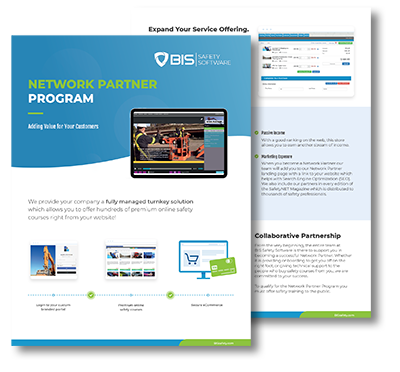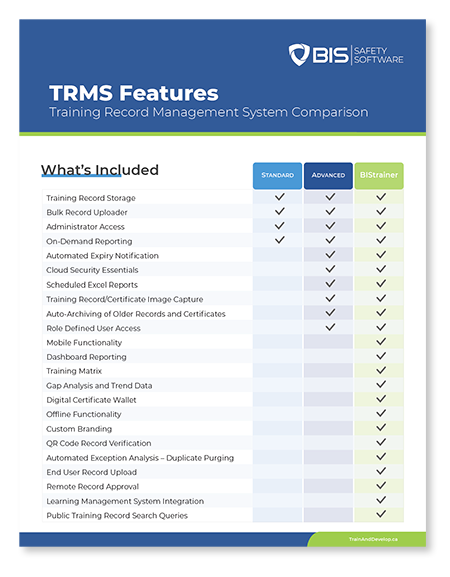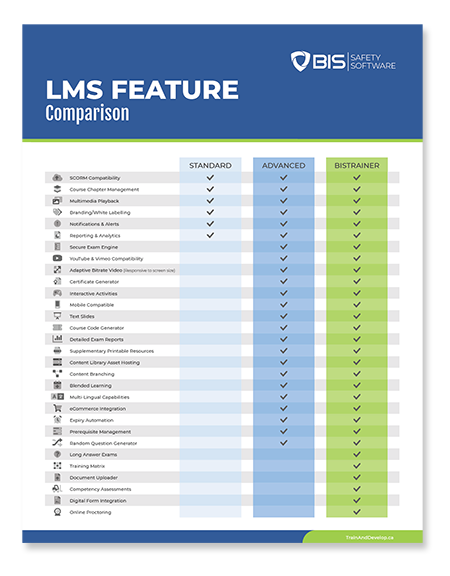A well-rounded approach to the basics of electrical safety
Arc Flash Hazard Awareness
ARC FLASH HAZARD AWARENESS ONLINE COURSE OVERVIEW
When an electric current passes through air between ungrounded conductors or between ungrounded conductors and grounded conductors, temperatures can reach levels as high as 20,000°C (35,000°F). Exposure to these extreme temperatures burns the skin directly and ignites clothing, which adds to the burn injury. The majority of hospital admissions due to electrical accidents are from arc flash burns, not from shocks. Each year more than 2,000 people in the United States are admitted to burn centres with severe arc flash burns. Arc flashes can kill at a distance of 3 meters (10 ft).
(CSA Z462 Annex K)
This course is designed with the intent of educating the participant in the hazards associated with the use of electricity. Whether you are a seasoned journey person, apprentice, engineer, student or manager, this course has been designed with you in mind.

Continuing Education Units (CEUs)

The Engineering Institute of Canada encourages continued education for all engineers. They help do this by recognizing training providers that offer quality courses for professional development.
Continuing Education Units (CEUs) are one way the Engineering Institute of Canada helps to support professional development. CEUs are recognized by the engineering community at large as providing clear evidence of continued learning in the engineering field.
One CEU is defined as “ten hours of participation in a continuing education program organised in compliance with prescribed Standards under responsible sponsorship, capable direction, and qualified instruction”.
On completion of this course the registered member will be issued 0.3 CEU’s.
ARC FLASH HAZARD AWARENESS ONLINE COURSE TOPICS
- What is an arc flash?
- How does an arc flash happen?
- Factors that affect the severity of an arc flash
- Effects of an arc flash on a person
- Arc flash protection methods
- Personal protective equipment (PPE)
- Labelling of electrical equipment
Universally Compatible

Continuing Education Credits
CONTINUING EDUCATION CREDITS (CEU): This course qualifies for Continuing Education Credits from the Engineering Institute of Canada.
Duration
Average Completion Time
Completion times vary depending on the number of times the information is viewed prior to finishing the course. The average completion time is 4.5 hours (Including reading materials)

Testing
Knowledge Assessment
Testing is conducted in this online course to reinforce the information presented. You are provided three opportunities to achieve a passing mark of 80% or greater.

Certificate
Certificate of Completion
Upon successful completion of this course, a certificate will be available to download and print. You can access your certificate through your online account.


